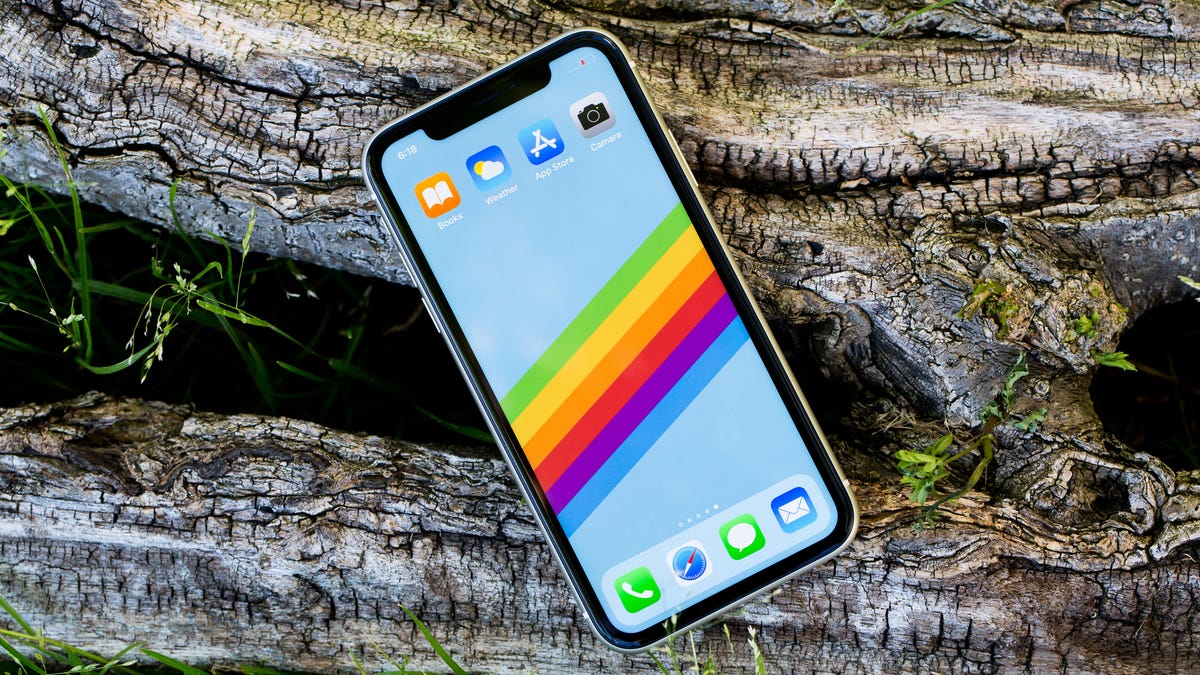How to force-close buggy iPhone apps
Closing out iPhone apps will keep your multitasking view tidy and help troubleshoot problematic apps.

Quitting a problematic app is easy.
There are two sides to the debate on whether or not you should force-close iPhone apps -- that is, stop an app from running in the background -- as soon as you're done with them. On the one hand, closing an app can declutter your phone as you switch between apps. It might even speed up your phone and improve battery life. On the other hand, some argue that it doesn't matter what you do with apps in the background because iOS is designed to prevent excessive battery drain from rogue apps.
Closing out apps that you haven't used in months will clean up your multitasking view and make it easier to switch between the apps you actually use. Also, keep in mind, each time you force-quit an app, it will take a little longer for it to open.
Apple says you should force-close an app "only if it's unresponsive." This aligns with my personal philosophy on the subject, that force-closing an app can be a helpful troubleshooting tool.
For example, if you find yourself dealing with an app that just isn't working right, whether it's not loading images or is simply frozen, start by force-closing the app. How you go about quitting an app depends on whether or not your iPhone has a home button. Below you'll find steps for both types of iPhones.
Double-press the home button to get to the multitasking view.
Have an iPhone with a home button? Follow these steps
To close an app on an iPhone with a home button, like the 2020 iPhone SE:
1. Double-press the home button to open the multitasking view.
2. Slide each app's preview card up and off the screen. You can swipe multiple cards at the same time using a second or third finger to speed up the process.
Force-close apps with a couple of swipes.
Does your iPhone have Face ID? Here's what you need to know
Force-closing an app on an iPhone without a home button, like the iPhone 11, is a quick process. Here's what you need to do:
1. With your iPhone unlocked, swipe up from the bottom of the screen and pause about a quarter of the way up to activate the multitasking view.
2. With a stack of app preview cards now visible, swipe each card up and off of the screen to close the app. You aren't limited to closing one app at a time, either. Use a second or third finger to swipe up two or three cards at a time to speed up the process.
Of course, as soon as you open an app again, it's going to show back up in the multitasking view, and the cycle repeats.
Now that your iPhone's multitasking view is free of problematic apps (or apps altogether), take a few minutes to learn all about iOS 13's most popular features, along with the hidden features we can't get enough of. And if you're new to iPhone, then here are some things you should do with it right away.

